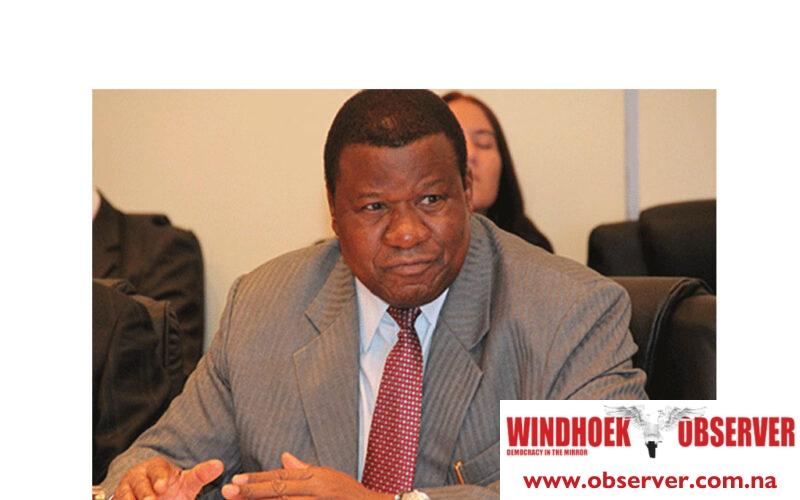Niël Terblanché
Namibia is grappling with one of the worst droughts in recent memory, prompting the government to seek urgent assistance to bridge a significant funding gap in its drought relief programme.
Deputy Prime Minister and Minister of Works and Transport, John Mutorwa, highlighted the severity of the situation during a joint coordination meeting with the country’s development partners on Wednesday.
Mutorwa stressed the dire need for additional resources to combat the devastating effects of prolonged dry conditions that have exacerbated food insecurity and strained the livelihoods of vulnerable communities across Namibia.
He said that the Namibian government has committed to implementing a comprehensive drought relief programme estimated to cost N$1.3 billion.
While the government has allocated N$825 million towards these efforts, a substantial funding gap of N$482 million remains,” he said.
Mutorwa called on international partners and donors to help fill this gap, emphasizing the critical nature of the relief measures required to support the affected populations.
“The persisting dry conditions continue to wreak havoc, disrupting livelihoods and placing immense strain on our communities. Our collective efforts are essential to provide the necessary relief and build resilience against future droughts,” Mutorwa said.
The government’s drought relief programme is multifaceted, focusing on immediate and sustainable interventions to alleviate the impact of the drought. The programme includes the provision of food aid to approximately 341 855 vulnerable households affected by food insecurity due to the drought.
Measures to assist farmers in maintaining their livestock amidst deteriorating pasture conditions and ensuring access to water for communities severely impacted by the drought, particularly in areas where water sources have dried up.
According to Mutorwa, Namibia has experienced below-average rainfall during the 2023/24 rainy season, significantly impacting agricultural production.
The El Niño phenomenon has further compounded the effects, leading to delayed rainfall and prolonged dry spells.
Mutorwa said the Namibia Meteorological Services indicated that most parts of the country only received substantial rainfall in January 2023, followed by a dry spell, especially in February 2024.
“This pattern has resulted in poor crop yields and inadequate pasture establishment,” he said.
A report by the Ministry of Agriculture, Water, and Land Reform on crop prospects, food security, and the drought situation in March projected a drastic decline in the anticipated harvest.
All crop-growing regions in communal areas are expected to yield less than the previous season.
The national cereal production, including white maize, sorghum, pearl millet, and wheat, is estimated to be 53% lower than last year.
In addition to agricultural challenges, the nation’s dams were at only 55% capacity as of March .
Mutorwa said that the water situation is particularly critical in central areas, including Windhoek, where water levels are alarmingly low.
In light of the severe drought conditions, President Nangolo Mbumba declared a national state of emergency on 22 May.
Mutorwa reiterated the importance of international support and solidarity in addressing the crisis.
“Despite ongoing global challenges, I believe that with your generosity and unwavering support, we will be able to bridge the funding gap and safeguard the lives and livelihoods of our people,” he said.
Mutorwa expressed gratitude to all partners for their commitment and compassion in working with the Namibian government.
“Together, we will overcome this challenge and build a more resilient future for all, amid the changing climate effects,” he said.
He added that the Namibian government remains hopeful that with collective efforts and timely support, Namibia can mitigate the impact of the current drought and enhance its resilience against future climatic challenges.




